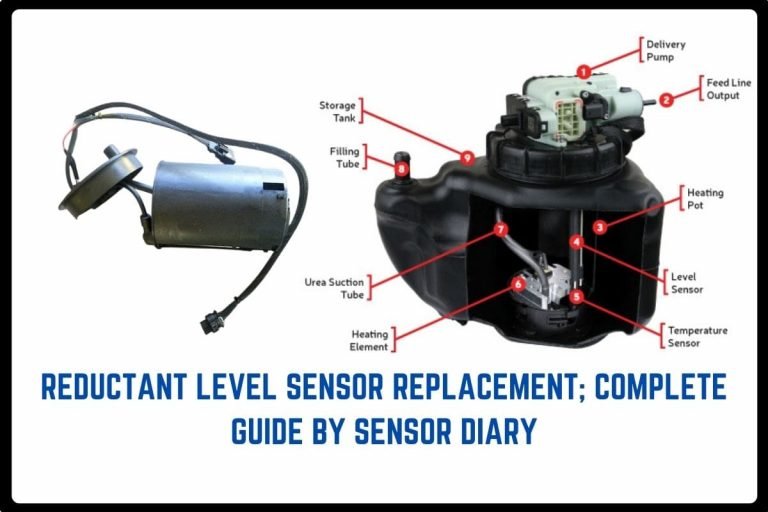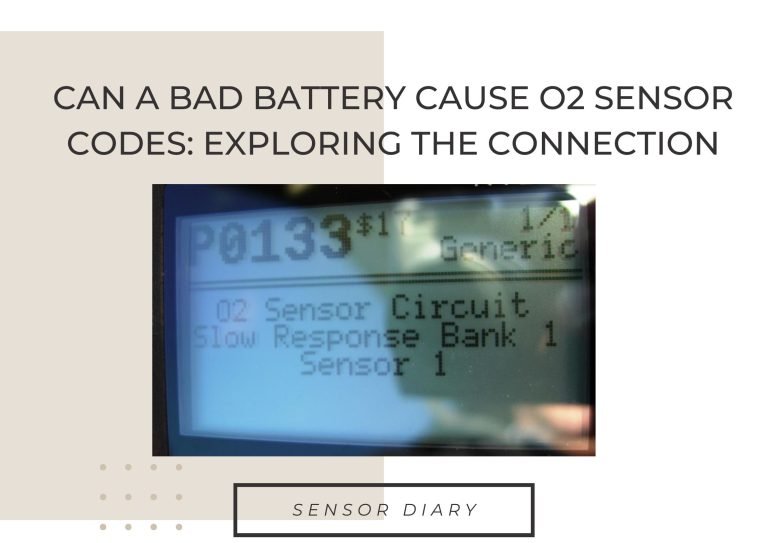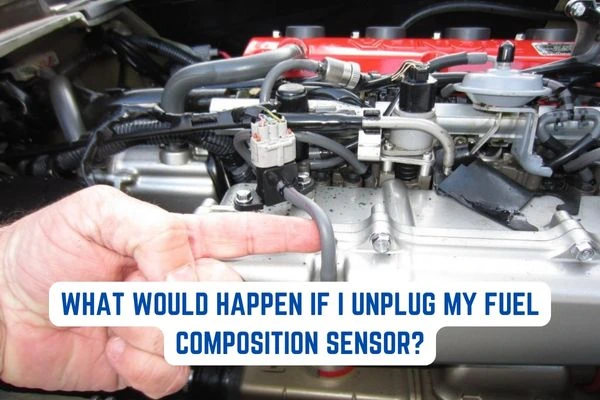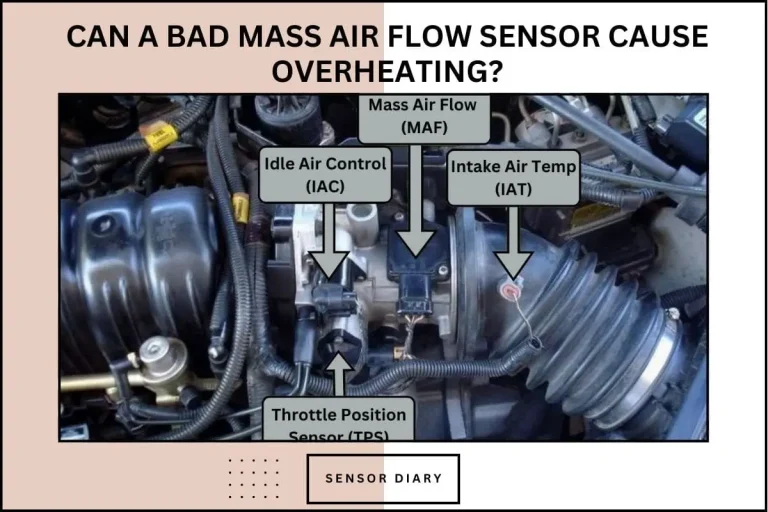Harley Throttle Position Sensor Symptoms; Must Read.
The accelerator pedal’s position in relation to the throttle position sensor determines how far open the throttle valve (or blade) is. The throttle position determines how much air enters the intake manifold of an engine; when it is wide open, more air enters; when it is nearly closed, less air enters.
In this article, we discuss the main symptoms of a failing throttle position sensor in a HAerly. So if you feel like the throttle position sensor in your Harley is wen bad, then this article is for you. Stick around until the end to find out what you’ve been looking for and welcome to Sensor Diary.
Table of Contents
- What causes the throttle position sensor to fail?
- How do you check the throttle position sensor?
- How do you reset the throttle position sensor?
- What are the symptoms of a failing throttle position sensor in Harley?
- When should I replace the throttle position sensor?
What causes the throttle position sensor to fail?
Similar to the volume control on your Hifi amplifier, a throttle position sensor is frequently a variable resistor. They become worn out while they are in use, resulting in “scratchy” sound signals or throttles that don’t deliver a smooth change in signal that corresponds to what you are doing with your foot (or hand on a motorbike). The end result is a throttle that “jumps.”
No, you cannot stop it. Some claim that you can disassemble them and rub a 2B pencil on the track, but frequently, they are glued, welded, or riveted together or are made of sacrificial plastic, which causes them to break. Unfavourable outcomes and a bad reputation for a manufacturer could result from any safety issues that could arise from a poorly repaired TPS.
How do you check the throttle position sensor?
The following are the exact steps for checking the TPS, and I strongly recommend you to watch the following YouTube video before you begin because it will be way better than just reading the steps.
The ground terminal of the TPS should have the black negative probe and the reference voltage terminal of the TPS should have the red positive probe. Set your multimeter to the 10 DC voltage range. The TPS is defective if the meter does not display 5 volts.
- Cut the TPS connector off. Three wires, including the negative ground, the +12 Volt input, and the variable output to the onboard computer, are connected to the sensor body.
- Set the “Range Switch” on your DMM to the 20,000-Ohm or the 20K Ohm scale after inserting the alligator clip test leads into the appropriate jacks.
- One of the test leads should be connected to the computer output connector (the center connector), and the other lead should be connected to the TPS connector’s +12 volt or -Ground connector, as appropriate. When performing this test, the polarity of the test probes is irrelevant.
- While paying attention to the digital readout on the DMM, slowly move the throttle through its entire range of motion, from the “closed” position to the “full open” position. As the throttle linkage is moved through its full range, it should rise or fall steadily and evenly.
- Any abrupt changes in the reading indicate a defective TPS that needs to be replaced. Any time the resistance drops to zero, the TPS’s resistance element has broken, and the TPS is bad.
How do you reset the throttle position sensor?
Depending entirely on the model of vehicle you drive, there are different ways to reset the throttle position sensor on your vehicle. On some bike models, you can calibrate and reset the throttle body sensor by unplugging the battery, but on others, you must use a diagnostic tool.
If it is possible for your bike model, you might want to make sure the throttle body sensor has been mechanically calibrated before resetting it.
Removing the engine control module fuse or unplugging the negative cable from the battery for up to five minutes will quickly reset your throttle position sensor.
- Unplug the battery
- Reconnecting the battery is step two.
- Switch the ignition to the electric position.
- Depress the gas pedal and then completely let go.
- Turn the key to the off position.
sensor diary
What are the symptoms of a failing throttle position sensor in Harley?
The throttle body of the bike won’t operate properly if a TPS malfunctions. It could either refuse to close properly or remain closed, which is a serious problem. Your engine won’t start if it remains closed because it won’t get any air.
- Low acceleration.
It might seem as though the vehicle is simply not accelerating properly and jerks or hesitates as it gains speed. Although it may accelerate smoothly, it is weak.
On the other hand, it’s possible that while you’re driving, even if you haven’t depressed the accelerator, your bike accelerates suddenly. There’s a good chance you have a TPS issue if these symptoms appear.
- Low of power
You’ll notice that your engine doesn’t seem to be accelerating as it should be if it isn’t receiving enough fuel or is receiving too much.
The TPS ought to be screaming for more fuel when you press down, but if it’s broken, it won’t. If the opposite occurs, your bike might accelerate even though you don’t want to.
- Low fuel efficiency
Inaccurate readings from the throttle position sensor can result in too much fuel being injected into the combustion chamber because it plays a significant role in determining the right air/fuel mixture for burning. This will result in a rich air/fuel ratio and poor fuel economy.
Additionally, the TPS’s accurate readings are necessary for other sensors. When that doesn’t happen, those sensors frequently make up for insufficient or excessive airflow. Usually, having to go fill up on gas more frequently than usual is the end result.
Will a bad throttle position sensor throw a code?
Built-in logic in the engine’s computer constantly checks the tps feedback to make sure it agrees with data from other engine sensors. If the voltage value is absent, irregular, slow, or constant, a defective tps can set a trouble code in the computer, which will turn on your check engine light.
When should I replace the throttle position sensor?
Only if it tests poorly is the throttle position sensor (TPS) replaced. Therefore, there is no set replacement cycle or “lifetime” for that component. However, sometimes they do break down, in which case certain TPS codes will appear on the Check Engine Light.
The TPS sensors’ batteries are designed to last for five years. Since they are integrated into the sensor, they cannot be changed like the bulbs in a flashlight. To ensure safe and trouble-free driving, bike manufacturers advise replacing TPS sensors every 5 years.
How do you calibrate a new throttle position sensor?
- Without necessarily starting the engine, turn the ignition key to the on position and engage the engine kill switch.
- Turn the throttle all the way up to full and then back down to idle. Repeat this twice.
- You will then see a dialog box that reads, “Auto Calibration Completed.





